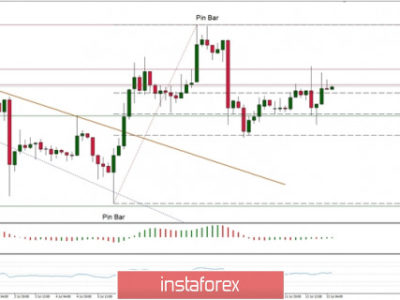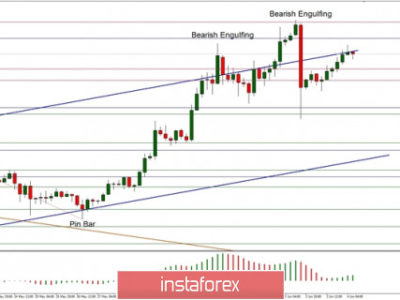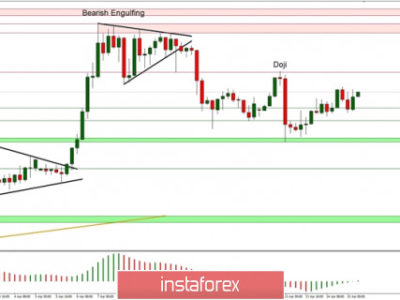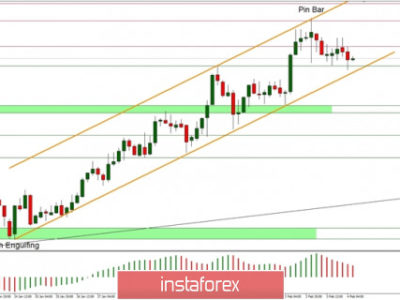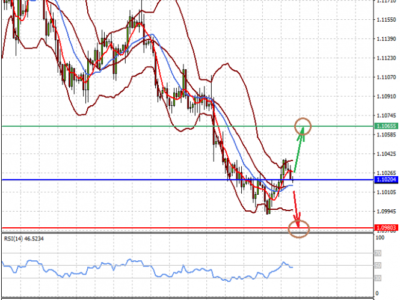The Strongest Economies Entering 2016
Economies around the world have been feeling the pinch of declining growth and subdued inflation. Although there is not a clear separation between the haves and have nots, there are a couple of economies that have gained traction and are not purely liquidity driven. These countries are now situated where the central banks that preside are poised to begin a monetary policy normalization. This is the process of raising interest rates back to a level that would be considered fairly normal historically based on the current level of economic growth.
The United States and the United Kingdom are the two developed economies that are experiencing the best relative performance. In its last meeting on interest rates the Bank of England left policy unchanged and the minutes show an unchanged 8-1 vote in favor of stable rates. Committee members where concerned about inflation as opposed to full employment and they deferred to the November review. So like other central banks, the BoE is taking a wait and see stance for now.
The implicit tightening bias remained in place, but clearly, like elsewhere concern is creeping in, especially as not only the short term inflation outlook is lower, but also uncertainty about the global growth outlook is rising. In order for the BoE to meet its inflation target, core inflation needs to rise and energy prices aside, the inflation outlook will be determined by the balanced.
Regarding the labor market, the central bank noted the levelling off in the decline of unemployment and claimant count measures, but committee members seemed uncertain whether this was a reflection of reduced demand, or a sign of friction in matching supply and demand. Surveys seem to suggest that skill shortages have become increasingly wide spread. This seems consistent with the fact that hiring intentions continue to appear robust and that the number of job vacancies actually rose in the three months prior to the meeting, following small declines earlier in the year.
The United States faces a similar situation, but their need to act is likely more of the desire of the Fed to begin the process of normalization. The Fed did stop their bond purchase program but appears to want to raise benchmark fund rates.
Inflation in the U.S. is slowing and wage growth is not experiencing the same upward pressure that is seen in the U.K. Wages are stable at a 2% year over year pace, but headline inflation is dropping. Despite this modest to moderate growth, the U.S. economy is very strong when compared with its trading partners which include Canada, the EU, Australia, Japan and China.
While growth has been tepid in the United States, and expectations for Q3 range from 1 to 2%, the real issue appears to be the demand for a weaker currency. Export lead growth is the desire of many central banks and being first to increase rates has its drawbacks. Despite the weakening global drawback, the U.K and the U.S. are the strongest economies in 2015.
The post The Strongest Economies Entering 2016 appeared first on Forex.Info.


